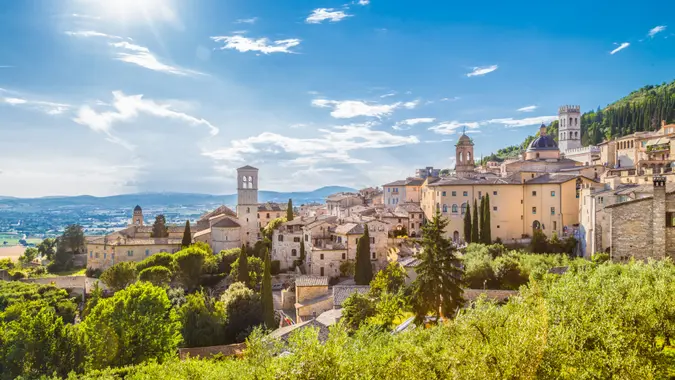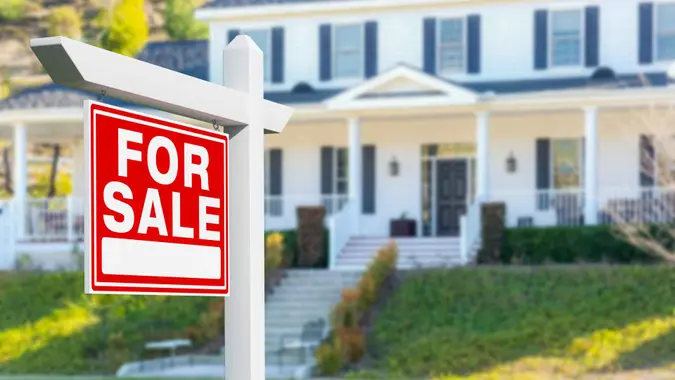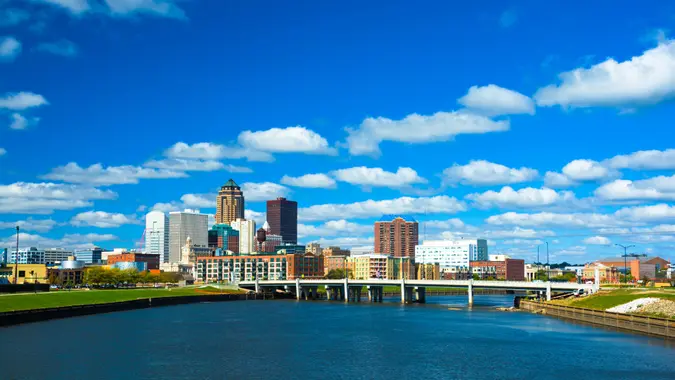Italy’s $1 Home Experiment: Can You Still Buy One and Is It Worth It?

Commitment to Our Readers
GOBankingRates' editorial team is committed to bringing you unbiased reviews and information. We use data-driven methodologies to evaluate financial products and services - our reviews and ratings are not influenced by advertisers. You can read more about our editorial guidelines and our products and services review methodology.

20 Years
Helping You Live Richer

Reviewed
by Experts

Trusted by
Millions of Readers
In recent years, Italy has captured the imagination of the world with a seemingly too-good-to-be-true offer: homes for sale at the symbolic price of just 1 euro or $1.09 in American currency. This initiative, aimed at revitalizing dwindling populations and restoring dilapidated buildings, has attracted global attention and a wave of adventurous investors to small towns across the country. But as the dust settles, many are left wondering: Can you still buy a $1 home in Italy, and more importantly, is it worth the investment?
The Origin of the $1 Home Scheme
The $1 home scheme was first introduced in the late 2010s, with towns like Salemi and Mussomeli in Sicily leading the charge. The primary goal was to draw foreign investment into these towns, encouraging buyers to rehabilitate old and often crumbling properties. While the purchase price was indeed as low as 1 euro, the reality of renovation costs, legal fees, and the requirement to complete refurbishments within a set timeframe meant that the total investment was significantly higher.
The True Cost of a $1 Home
For many, the allure of owning a home in Italy for just over a dollar was irresistible. However, the financial reality of such an endeavor quickly became apparent. Beyond the symbolic purchase price, buyers faced additional costs including realtor fees, deed costs, and extensive renovation expenses. For example, one buyer in Mussomeli encountered initial costs amounting to roughly $3,500 per property, with renovation estimates soaring far beyond the initial purchase price.
Success Stories and Challenges
Despite the financial and logistical challenges, there have been notable success stories. Individuals like Rubia Daniels from California saw potential where others saw ruin. Investing in multiple properties, Daniels embarked on ambitious projects to create a vacation home, a restaurant, and a wellness center. Her background in construction proved invaluable, allowing her to envision the transformation of these dilapidated buildings into dream spaces. However, her journey was not without its financial surprises, with renovation costs exceeding initial estimates.
Conversely, not all stories have happy endings. Some investors found themselves overwhelmed by the scale of renovations required, with unforeseen damages and bureaucratic hurdles inflating costs and complicating projects. The pandemic further complicated matters, delaying plans and, in some cases, forcing investors to abandon their dreams altogether.
The Impact on Local Communities
The $1 home scheme has undeniably brought a flood of interest and investment to towns facing depopulation and economic stagnation. Local economies have benefited from the influx of foreign capital, with construction jobs, tourism, and new businesses revitalizing these communities. However, the rising demand for homes has also led to increased real estate prices, raising concerns about sustainability and the potential for gentrification.
Is It Still Possible to Buy a $1 Home?
While the initial wave of $1 homes has largely been claimed, some towns continue to offer properties at symbolic prices in an effort to attract more international investors and breathe new life into their communities. Prospective buyers should be prepared for the realities of renovating these homes, including the potential for significant financial investment and the challenges of undertaking such a project from abroad.
Conclusion
Italy’s $1 home experiment has proven that with vision, determination, and a considerable financial outlay, it is possible to breathe new life into neglected properties and communities. However, prospective buyers should approach these opportunities with a clear understanding of the challenges and costs involved. For those willing to take the plunge, the rewards can be as rich as the Italian countryside itself, offering a unique chance to create a dream home in one of the world’s most beautiful countries.
Editor's note: This article was produced via automated technology and then fine-tuned and verified for accuracy by a member of GOBankingRates' editorial team.
More From GOBankingRates
 Written by
Written by  Edited by
Edited by 

























